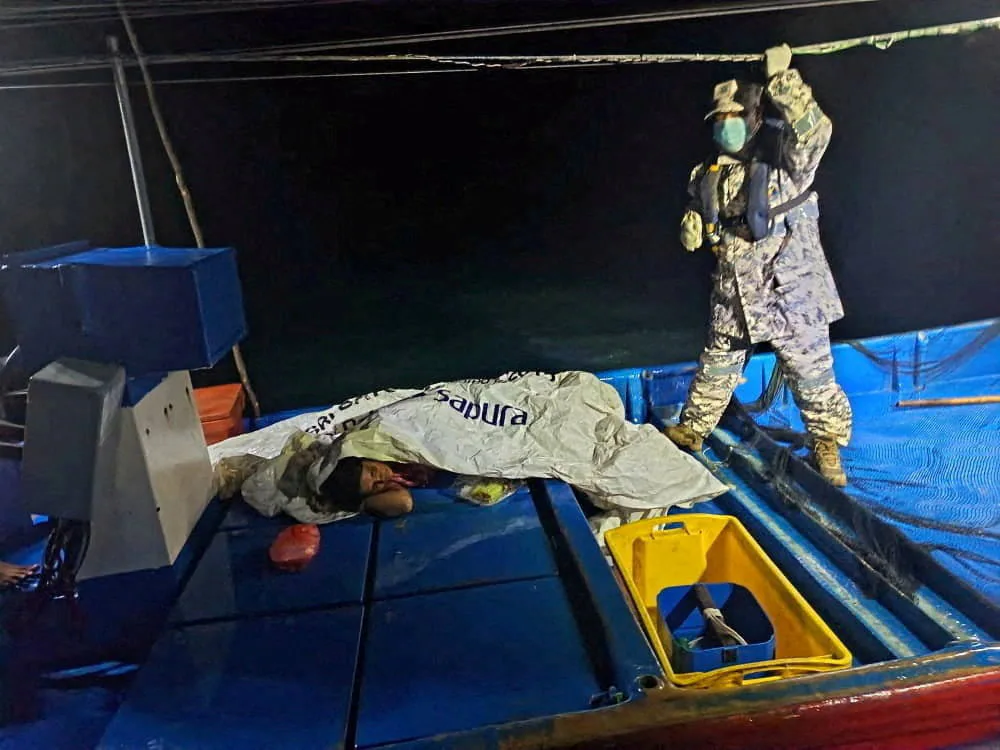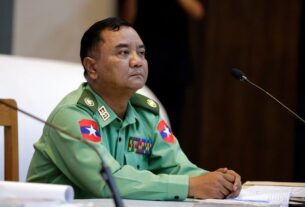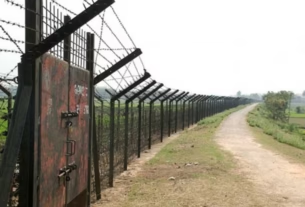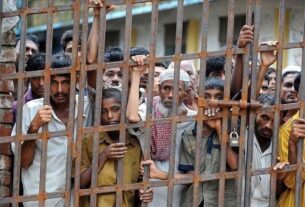Two boats carrying over 300 Rohingya migrants from Myanmar have sunk in the waters near the Thailand–Malaysia maritime border over the past two days, raising fears of hundreds of casualties, according to officials from both countries.
Two Separate Incidents in Two Days
According to Malaysian and Thai authorities, one boat carrying around 230 people sank on Saturday, while another boat with approximately 70 passengers went down on Sunday. The fate of most passengers remains unclear.
As of Monday, Malaysian rescue teams confirmed seven bodies recovered and 13 survivors rescued. Thai officials, conducting a separate search operation, reported four additional deaths in their territorial waters.

Search and Rescue Operations
Rescuers from both countries are jointly combing an area of about 170 square nautical miles near Langkawi Island (Malaysia) and Ko Tarutao (Thailand). Search operations intensified after reports that a vessel carrying around 300 Rohingya refugees had departed Rakhine State, Myanmar, three days earlier.
Photographs released by Malaysia’s Maritime Enforcement Agency showed exhausted survivors receiving medical attention—one seen lying on a stretcher, another covered with a blanket.
Human Trafficking and Route Details
According to Kedah state police chief Adzli Abu Shah, migrants initially boarded a larger mother ship off the coast of Myanmar. As the vessel approached Malaysian waters, traffickers reportedly instructed passengers to transfer into three smaller boats, each carrying roughly 100 people, in an attempt to avoid detection by coastal patrols.
The status of the other two boats remains unknown, and rescue operations continue amid strong currents and worsening weather conditions.
Arakan Army’s Role Under Scrutiny
Local sources and rights monitors report that thousands of Rohingya have been fleeing Rakhine State in recent months due to renewed violence and tightening control by the Arakan Army (AA).
The AA, which has gained significant territorial control in Rakhine following clashes with Myanmar’s military, has been accused by Rohingya community leaders and human rights groups of committing abuses against Muslim civilians—including arbitrary arrests, forced labor, and property confiscation.
Some reports also allege that elements within or associated with the AA are involved in facilitating or profiting from human smuggling networks, allowing boats to depart the coast in exchange for money or cooperation with traffickers. The group has not publicly responded to these allegations.
Background: A Desperate Exodus
Rakhine State has long been a center of ethnic tension and armed conflict, where the Rohingya Muslim minority faces persecution and severe restrictions on movement, employment, and citizenship. Following the 2017 military crackdown, nearly 1.3 million Rohingya fled to neighboring Bangladesh, where they now live in overcrowded refugee camps under deteriorating conditions.
With rising violence in Myanmar and worsening prospects in Bangladesh, thousands of Rohingya continue to risk their lives at sea in search of safety and opportunity in Malaysia, Indonesia, and Thailand.
UNHCR Data
According to the United Nations Refugee Agency (UNHCR), more than 5,100 Rohingya have attempted sea voyages from Myanmar and Bangladesh between January and early November 2025. Nearly 600 people have been reported dead or missing during these dangerous crossings.
Ongoing Operations
Authorities in both Malaysia and Thailand say that coordinated search-and-rescue missions are ongoing. However, hopes of finding more survivors are fading, as the incidents occurred several days ago and sea conditions remain rough.




